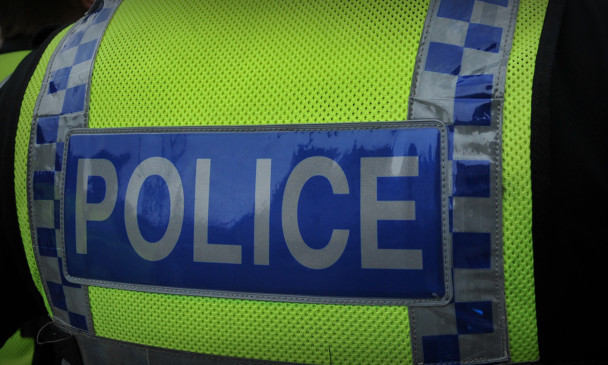Recorded crime in Scotland has fallen but so too has the number of crimes being solved per officer, according to a think tank.
Reform Scotland said a full-time officer solved an average of 12 crimes in 2006/7 compared to eight in 2013/14.
This follows a 35% drop in recorded crime over the seven years and an increase in officer numbers of just over 1,000.
Reform Scotland acknowledges that the overall rate of solving crimes has increased from 47 to 51% in a new report.
But the think tank, which opposed the merging of Scotland’s regional police forces two years ago, suggested that individual officers now have less time to spend on solving crime.
The report, The Thinning Blue Line, states: “The number of crimes being cleared up per full-time equivalent police officer has fallen from 12 in 2006/7 to 8 in 2013/14.
“However, this does not mean that our police officers are not doing a good job. Rather, it is likely to be a consequence of how they are being deployed. If officers have to spend more time dealing with paperwork and background duties, they inevitably have less time to spend on solving crime.”
Reform Scotland research director Alison Payne said: “It has been suggested that police officers have to carry out duties previously carried out by civilian staff, which would certainly help explain this situation. After all, it is not just the number of police officers that is important, but how they are deployed.
“As a result we would urge the Scottish Government to review the 1,000 extra officers pledge to ensure that the policy is delivering value for taxpayers’ money. Staff deployment should be an operational, as opposed to a political, decision.”
According to the report, 419,257 crimes were recorded in 2006/7, of which 198,985 (47.4%) were “cleared up”.
Seven years later 270,397 crimes were recorded, of which 139,306 (51.5%) were resolved.
The number of police officers increased from 16,234 at the start of 2007 to 17,244 at the beginning of 2014.
The Scottish Government said the crime clear-up rate per officer was bound to be lower following a drop in the recorded crime rate and an increase in officer numbers.
A spokeswoman said: “Police officers and staff are doing an excellent job out in our communities keeping people safe from harm and crime in Scotland is currently at a 40-year low.
“This report fails to recognise the important role of policing, and the 1000 extra officers, in preventing crime, reducing threats and, crucially, providing public reassurance to ensure people feel safer in their communities.
“It also fails to recognise that with a 40-year low in recorded crime, supported by increased numbers of officers means, of course, the clear-up rate per officer are going to be lower.
“The Scottish Government, Police Scotland and the Scottish Police Authority are all committed to maintaining officer numbers.”
In its report Reform Scotland suggested that “localism be re-injected” into the single police force by placing a divisional commander in charge of each local authority area and ensuring that all local authorities are represented on the Scottish Police Authority.
The Scottish Government said policing in Scotland was more local and accountable than ever before.
The spokeswoman said: “Local accountability remains fundamental to policing in Scotland which is why all of Scotland’s 353 council wards has a local policing plan developed and shaped in consultation with the local community.”
Unison backed the think tank’s call for a review of the 1,000 additional police officers policy.
The union said: “We have always said that the policy which means you replace the civilian police staff with police officers is not cost effective and not the most effective way to fight crime.”
Scottish Conservative justice spokeswoman Margaret Mitchell said: “As a consequence of making so many crucial administration staff redundant, police officers are regularly backfilling admin posts which leaves even less time for them to undertake their core duties.
“The new statistics are demoralising for rank and file officers who are under increasing pressure to adhere to national priorities instead of dealing with the distinct needs of their local communities.”
